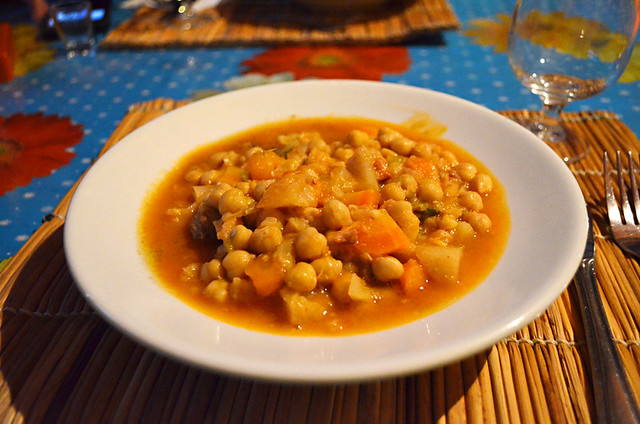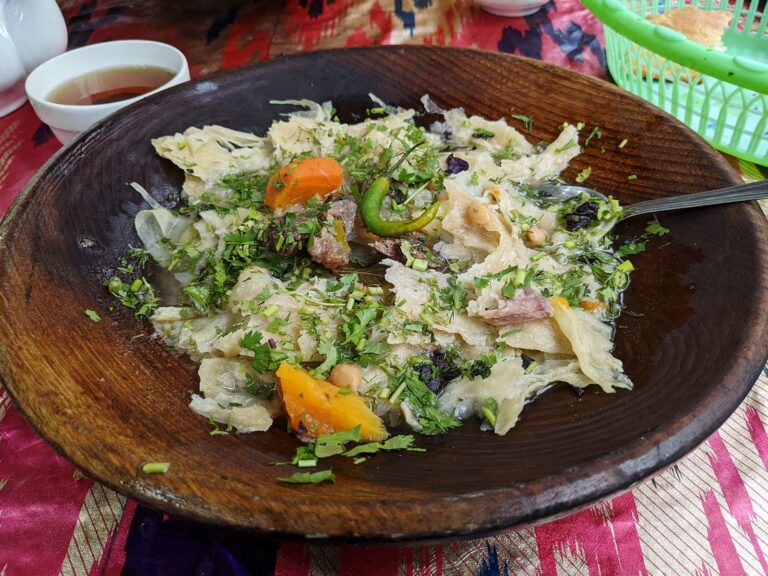Introduction: Street Food Culture in Côte d’Ivoire
Street food is an integral part of the Ivorian cultural experience. It is a common sight to see street vendors lining the streets with their stalls selling a variety of food items such as grilled meat, fried plantains, cassava, and rice dishes. Street food is popular in Côte d’Ivoire because it is affordable, convenient, and provides a quick and easy meal option for people on the go.
Street food in Côte d’Ivoire is diverse and reflects the country’s rich culinary heritage. Ivorian street food draws inspiration from the different regions of the country, incorporating a blend of spices and flavors. Many tourists and visitors to Côte d’Ivoire are drawn to the street food scene, which offers an authentic taste of Ivorian cuisine that is not easily found in restaurants.
The Safety Concerns around Street Food in Côte d’Ivoire
Despite the popularity of street food in Côte d’Ivoire, there are concerns about its safety. Street food is often associated with poor sanitation and hygiene, which can result in the spread of foodborne illnesses. Street vendors may not have access to clean water, refrigeration and may not follow proper food handling practices, putting consumers at risk of getting sick.
Furthermore, the lack of regulation and oversight over the street food industry in Côte d’Ivoire is a major concern. There is no uniform standard for street food vendors to adhere to, leaving consumers vulnerable to food contaminants and other health hazards.
Health Risks Associated with Consuming Street Food in Côte d’Ivoire
Consuming contaminated street food in Côte d’Ivoire can lead to a range of health problems, including food poisoning, diarrhea, and other gastrointestinal diseases. These health risks are particularly dangerous for pregnant women, young children, and people with weakened immune systems.
In addition to foodborne illnesses, there is also a risk of exposure to toxic chemicals such as pesticides, which may be used in the preparation of street food. This can lead to long-term health problems, such as cancer and neurological disorders.
Factors Contributing to Street Food Contamination in Côte d’Ivoire
Several factors contribute to street food contamination in Côte d’Ivoire. The lack of proper infrastructure, such as clean water and waste disposal facilities, is a major concern. Street vendors may also not have access to safe cooking equipment, leading to cross-contamination and the spread of foodborne pathogens.
Furthermore, some street vendors may use harmful additives such as artificial flavorings and preservatives to enhance the taste and appearance of their food, putting consumers at risk of exposure to harmful chemicals.
Measures Taken by the Government to Ensure Street Food Safety
The Ivorian government has taken steps to address the issue of street food safety. The Ministry of Health has implemented regulations to improve food hygiene and safety, such as requiring street vendors to obtain health permits and undergo training on food handling and preparation.
The government has also established a food safety monitoring system to ensure that street vendors comply with food safety regulations. Inspectors conduct regular inspections of street food vendors to ensure that they are following proper food handling practices and adhering to food safety standards.
How to Identify Safe Street Food in Côte d’Ivoire
Identifying safe street food in Côte d’Ivoire requires a bit of caution and discernment. Look for street vendors who have clean and well-maintained stalls, use gloves and utensils when handling food, and have a steady stream of customers. Popular street vendors are likely to be safe as they have built a reputation for providing quality food.
It is also advisable to avoid street vendors who prepare food in unhygienic conditions, such as those who do not use gloves or have visibly dirty cooking equipment. Additionally, avoid street food that is left exposed to the elements or has been sitting out for an extended period.
Tips to Follow When Eating Street Food in Côte d’Ivoire
To reduce the risk of falling ill from street food in Côte d’Ivoire, it is essential to follow basic safety practices. Wash your hands before and after eating and carry a hand sanitizer with you. Only eat hot and freshly cooked food and beverages made with boiled water. Avoid eating raw foods and fruits that have not been peeled.
If you have dietary restrictions, it is advisable to communicate this to the street vendor to ensure that the food is prepared to your requirements. Furthermore, always carry your medication and insurance details in case of an emergency.
Conclusion: Should You Eat Street Food in Côte d’Ivoire?
Street food is an attractive option for tourists and visitors to Côte d’Ivoire who want to experience the local food culture. However, it is essential to exercise caution when consuming street food to avoid the risk of foodborne illnesses. Follow the tips outlined above to identify safe street food vendors and reduce the risk of getting sick. Overall, street food in Côte d’Ivoire can be safe to eat if you take the necessary precautions to protect your health.










